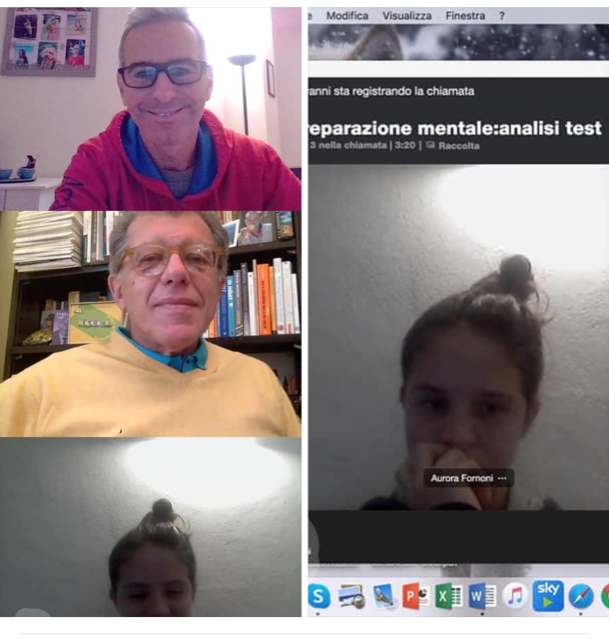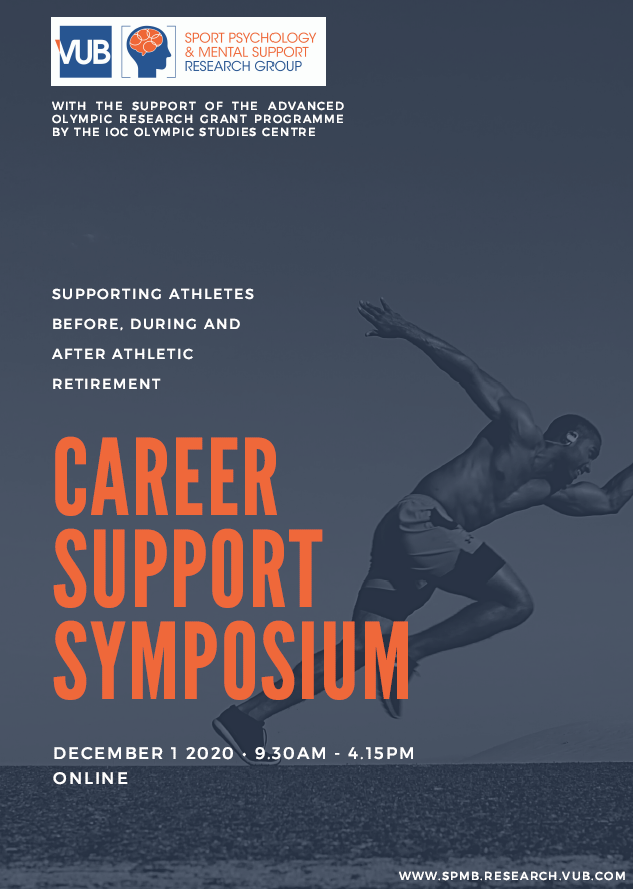Il Comitato Italiano Paralimpico ha realizzato un progetto denominato “La palestra delle idee”.
Obiettivi: proseguire il percorso avviato con il Festival della Cultura Paralimpica, rappresentare lo sport paralimpico come
- elemento di crescita culturale e sociale del Paese
- strumento di riscatto personale e di inclusione delle persone disabili
- sistema per provare a cambiare la percezione della disabilità nella nostra società
L’idea alla base del progetto è quella di dare vita a un confronto sui temi legati allo sport paralimpico, attraverso il coinvolgimento di personaggi del mondo della cultura e di testimonial del nostro mondo sportivo.
Tra le finalità c’è anche quella di incentivare la formazione a distanza di studenti, strumento quantomai utile per garantire il proseguimento della formazione culturale degli alunni in un periodo noto per le restrizioni causate dalla pandemia di Covid 19. Per tale ragione tutti gli appuntamenti saranno visibili in diretta dal sito ufficiale e tramite i canali social del Comitato Italiano Paralimpico, rimanendo a disposizione di quanti vorranno rivedere gli incontri successivamente.
Di seguito riportiamo i link per partecipare agli incontri:
FACEBOOK: https://www.facebook.com/comitatoparalimpico/
TWITTER: https://twitter.com/CIPnotizie
INSTAGRAM: https://www.instagram.com/comitatoitalianoparalimpico/
YOUTUBE: https://www.youtube.com/channel/UCEuvhJt8rECpXvLWUAx2h-Q
Questo progetto fa parte del percorso di avvicinamento alle Paralimpiadi di Tokyo 2021, il più importante appuntamento del quadriennio per il movimento paralimpico nazionale e internazionale. Si intende così offrire l’occasione per far conoscere, in modo più approfondito possibile, l’importanza di un movimento che oltre a promuovere lo sport per tutti si fa portatore del principio del pieno riconoscimento dei diritti civili per tutte le persone con disabilità.
I prossimi appuntamenti in programma si svolgeranno nelle seguenti date:
- Venerdì 20 novembre alle ore 17.30. Lo scrittore Giacomo Mazzariol e l’atleta paralimpica FISDIR Nicole Orlando parleranno di persone con sindrome di Down;
- Venerdì 27 novembre alle ore 10 ci confronteremo con la travel blogger Giulia Lamarca e con il campione paralimpico di sci nautico non vedente Daniele Cassioli sul viaggio senza barriere;
- Venerdì 4 dicembre alle ore 10 le campionesse della nazionale italiana di sitting volley (la pallavolo praticata da seduti)






